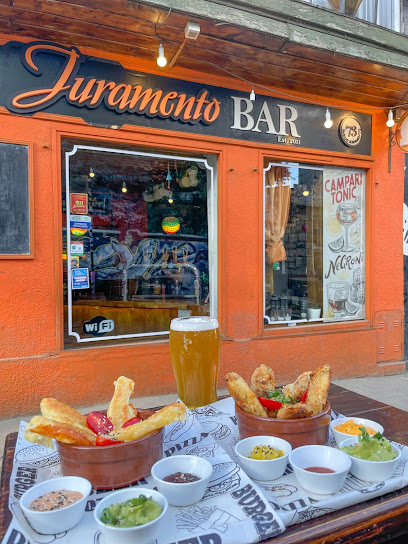
Cathedral of San Carlos de Bariloche
A neo-Gothic architectural gem in Bariloche, Argentina, offering stunning views and a serene atmosphere amidst the Patagonian Andes.
The Cathedral of San Carlos de Bariloche, also known as Our Lady of Nahuel Huapi, is a stunning neo-Gothic church located on Cerro Leon in San Carlos de Bariloche, Argentina. Its intricate design, featuring elegant spires and detailed stonework, combined with the backdrop of the Andes Mountains and Nahuel Huapi Lake, makes it a must-see landmark.
A brief summary to Cathedral
- Cerro Leon, San Carlos de Bariloche, Barrio 400 viviendas, Río Negro Province, AR
Local tips
- Visit early in the morning to avoid crowds and experience a quieter, more peaceful atmosphere.
- Take your time to explore the interior details, including the stained-glass windows and religious statues.
- Check for local events or services happening at the Cathedral to enhance your visit.
Getting There
-
Walking
The Cathedral is located in the Barrio 400 viviendas area of San Carlos de Bariloche. From the city center, head west towards Cerro Leon. The walk is roughly 20-30 minutes, depending on your starting point. As you approach Cerro Leon, the Cathedral’s spires become visible, guiding you to its location. There are no costs associated with walking to the Cathedral.
-
Public Transport
Several bus lines connect the city center to the Cerro Leon area, where the Cathedral is located. Check with the local transit authority (Mi Bus) for the most up-to-date routes and schedules. The fare is 221 pesos and can only be paid using SUBE card.
-
Taxi
Taxis are readily available in San Carlos de Bariloche. A taxi from the city center to the Cathedral will take approximately 15-20 minutes, depending on traffic. The estimated cost is $3.5 USD for a 5km ride.
Discover more about Cathedral
Iconic landmarks you can’t miss
Cerro Leon
0.0 km
Discover the breathtaking views and vibrant culture at Cerro Leon, a notable street in San Carlos de Bariloche, Argentina, perfect for scenic strolls and local flavors.
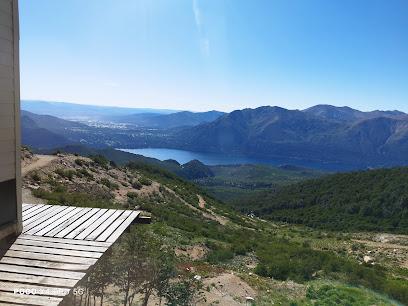
Chez Philippe
1.8 km
Experience authentic French cuisine in the heart of Bariloche at Chez Philippe, where every dish is a culinary masterpiece amidst breathtaking views.
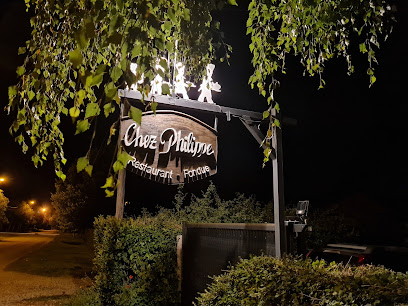
Selina Bariloche
2.1 km
Experience Bariloche: Adventure, Community, and Comfort in the Heart of Patagonia. Hostels, co-working, and wellness for the modern traveler.
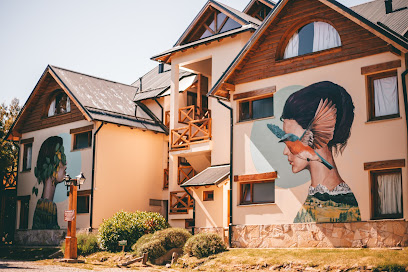
Manush Centro
2.4 km
Discover the vibrant world of craft beer at Manush Centro, the heart of San Carlos de Bariloche's brewpub scene, where flavor meets fun.
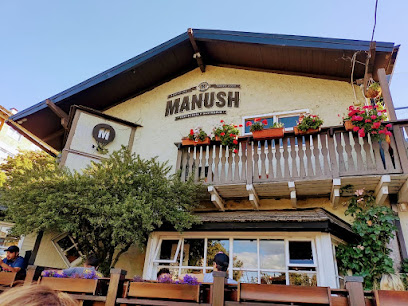
El Boliche de Alberto Pastas
2.4 km
Experience the rich flavors of Italian cuisine at El Boliche de Alberto Pastas, a culinary treasure in Bariloche, Argentina, famous for its handmade pastas.
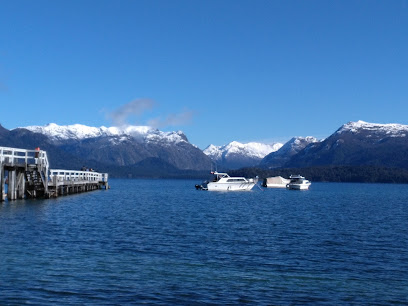
Chimi Bar de Choris
2.4 km
Discover the vibrant flavors of Argentina at Chimi Bar de Choris, San Carlos de Bariloche's favorite brewpub and culinary hotspot.
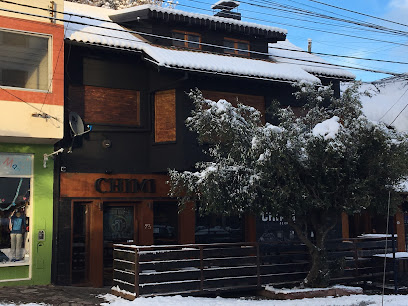
Alto El Fuego - Centro
2.5 km
Experience the best of Argentinian grilling at Alto El Fuego, San Carlos de Bariloche's top destination for flavorful meats and vibrant atmosphere.
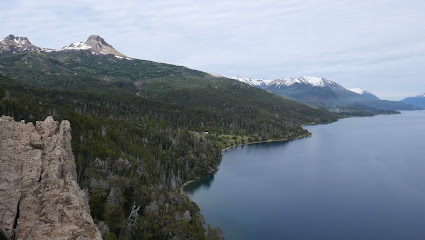
Chimi Deli Cocina Natural
2.5 km
Discover the vibrant flavors of Chimi Deli Cocina Natural in Bariloche, where natural ingredients meet Argentinian culinary traditions for an unforgettable dining experience.
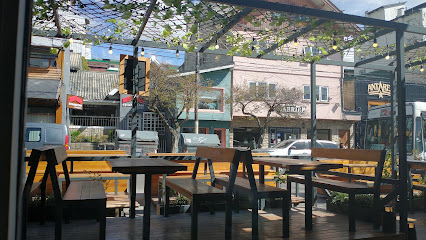
Santino Bar
2.5 km
Experience the lively nightlife of San Carlos de Bariloche at Santino Bar, where great drinks and vibrant ambience await every visitor.
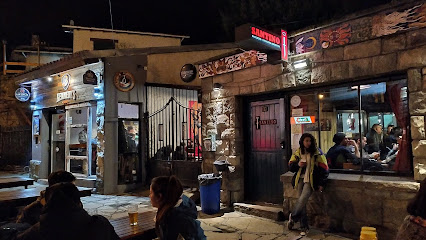
Breogan
2.6 km
Discover Breogan, a charming Spanish restaurant in Bariloche offering authentic cuisine and a warm atmosphere, perfect for a flavorful dining experience.
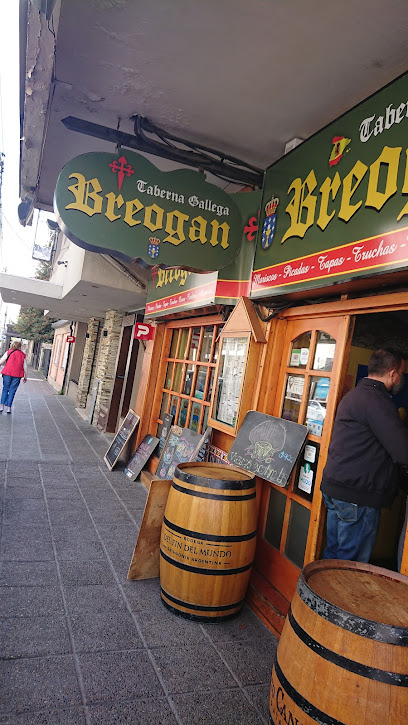
Barlan Travel & Adventure
2.6 km
Discover the stunning beauty of Patagonia with Barlan Travel & Adventure, your expert guide to exploring San Carlos de Bariloche's breathtaking landscapes and rich culture.
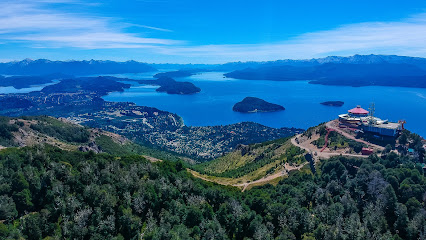
Tronador Turismo
2.6 km
Experience the breathtaking beauty of Patagonia with unforgettable tours from Tronador Turismo in San Carlos de Bariloche.
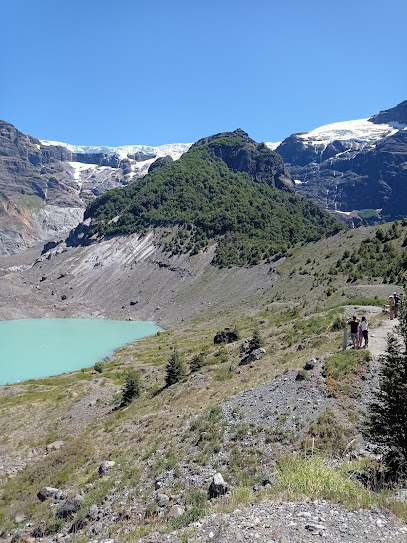
Natural Travel Turismo
2.6 km
Explore the breathtaking landscapes of Patagonia with expert guidance from Natural Travel Turismo, your gateway to adventure in San Carlos de Bariloche.
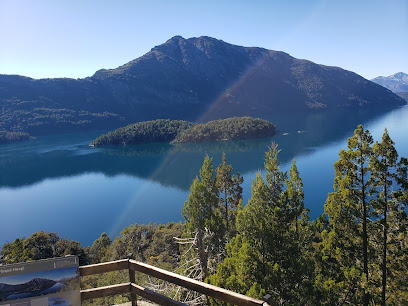
La Marca Patagónica
2.6 km
Discover the rich culinary heritage of Patagonia at La Marca Patagónica, a must-visit restaurant in San Carlos de Bariloche offering authentic Argentine flavors.
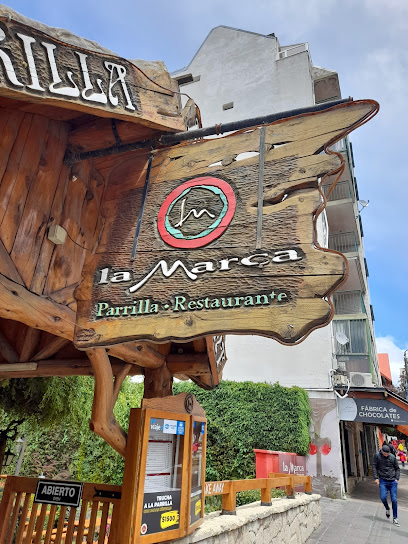
Secretaría de Turismo Bariloche - Informes Turísticos
2.7 km
Explore Bariloche with ease from the Tourist Information Center – your hub for local insights, maps, and activities in this breathtaking Patagonian paradise.
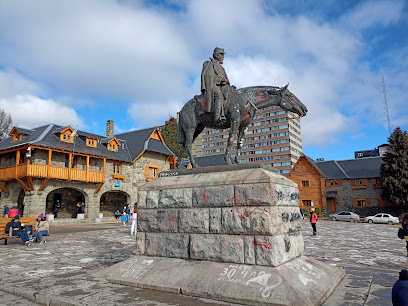
Unmissable attractions to see
Plaza Belgrano
2.1 km
Discover the serene beauty of Plaza Belgrano, a lush park in San Carlos de Bariloche, perfect for relaxation and cultural experiences amidst stunning landscapes.
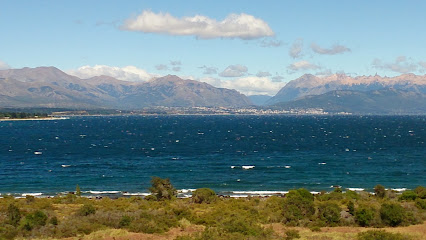
Nahuel Huapi National Park
2.5 km
Discover Argentina's first national park: A stunning landscape of lakes, mountains, and forests offering year-round outdoor adventures.
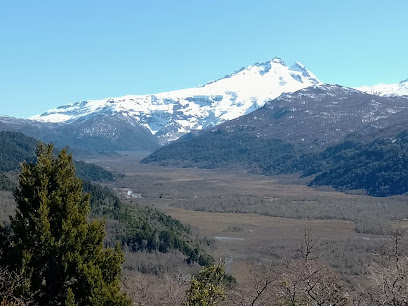
El Boliche de Alberto
2.5 km
Experience authentic Argentine cuisine at El Boliche de Alberto, Bariloche's beloved parrilla, known for its grilled meats and traditional pasta dishes.
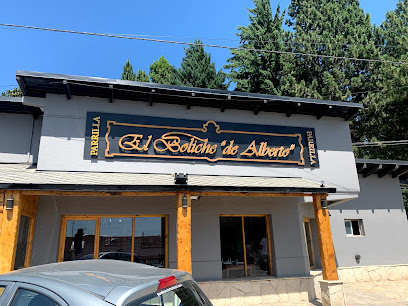
Centro Cívico Bariloche
2.7 km
Discover Centro Cívico Bariloche, the cultural heart of Argentina's stunning Patagonia, where nature's beauty meets vibrant local culture.
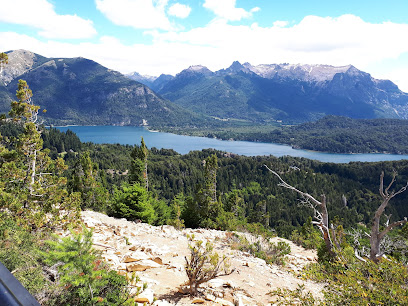
Ardilla buceo
2.7 km
Experience thrilling underwater adventures at Ardilla Buceo, the premier diving center in San Carlos de Bariloche, Argentina.
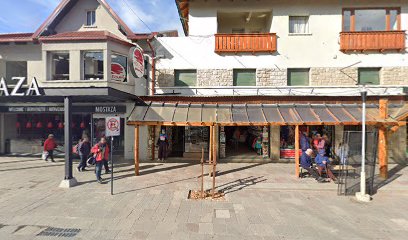
Francisco Moreno Museum of Patagonia
2.7 km
Explore the fascinating natural and cultural history of Patagonia at the Francisco Moreno Museum in Bariloche, a must-visit tourist attraction.
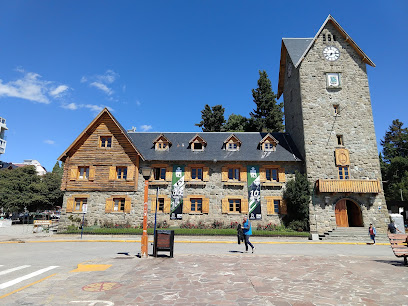
The Forge Horseback Riding (San Ramon Ranch)
2.7 km
Explore the Patagonian Andes on horseback with guided tours at The Forge Horseback Riding near San Carlos de Bariloche.
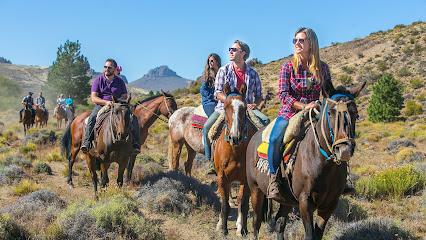
Cruce Andino
2.7 km
Embark on an unforgettable journey through Patagonia's stunning landscapes with Cruce Andino, a premier tourist attraction in Bariloche.
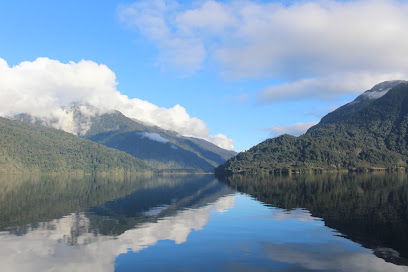
Cerro Viejo
2.8 km
Experience breathtaking views and exhilarating activities at Cerro Viejo, Bariloche's premier theme park and tourist attraction.
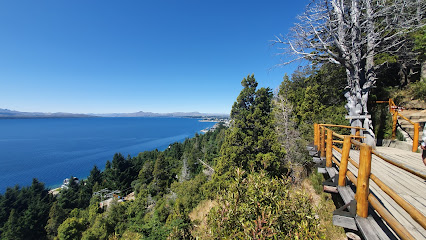
Museo del Chocolate Havanna
2.8 km
Explore the enchanting world of chocolate at Museo del Chocolate Havanna in Bariloche, where history meets delicious indulgence.

Mirador Lago Nahuel Huapi
2.8 km
Explore stunning views and breathtaking landscapes at Mirador Lago Nahuel Huapi, a premier destination in Patagonia's national park.
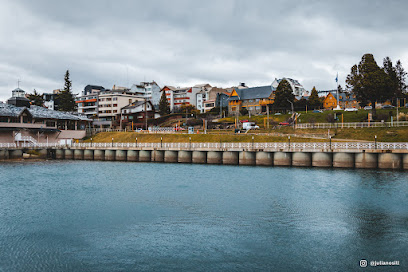
Totems del Nahuel Huapi
2.9 km
Explore the Totems del Nahuel Huapi: A stunning blend of indigenous art and breathtaking natural beauty in San Carlos de Bariloche, Argentina.
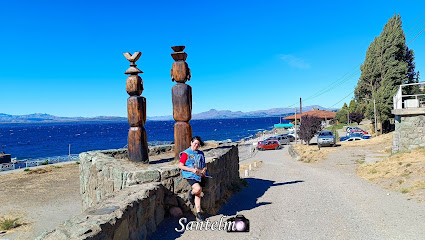
K1 Mirador
2.9 km
Discover the breathtaking views at K1 Mirador in Bariloche, where stunning landscapes meet serene waters for an unforgettable experience in Patagonia.
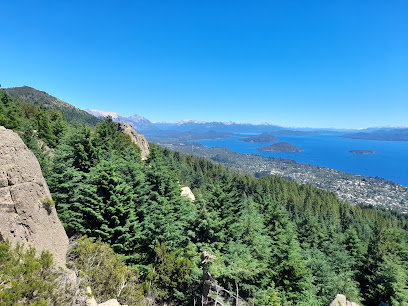
Fly fishing Bariloche
2.9 km
Experience the ultimate fly fishing adventure in Bariloche, Argentina, surrounded by breathtaking lakes and rivers in the heart of Patagonia.
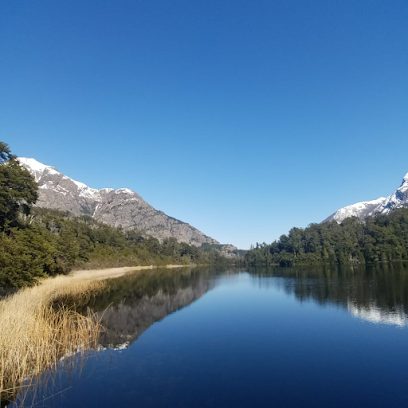
Piedras Blancas
2.9 km
Explore the stunning landscapes and outdoor adventures at Piedras Blancas, a premier tourist attraction in San Carlos de Bariloche, Argentina.

Essential places to dine
ÖKỘNÖ Bar de Montaña
0.0 km
Discover ÖKỘNÖ Bar de Montaña: A delightful grill restaurant in Cerro Leon offering stunning views and authentic Argentine cuisine.

El Rancho Beer
0.1 km
Discover El Rancho Beer: A vibrant beer hall in San Carlos de Bariloche offering exquisite craft beers and local flavors amidst stunning Patagonian scenery.
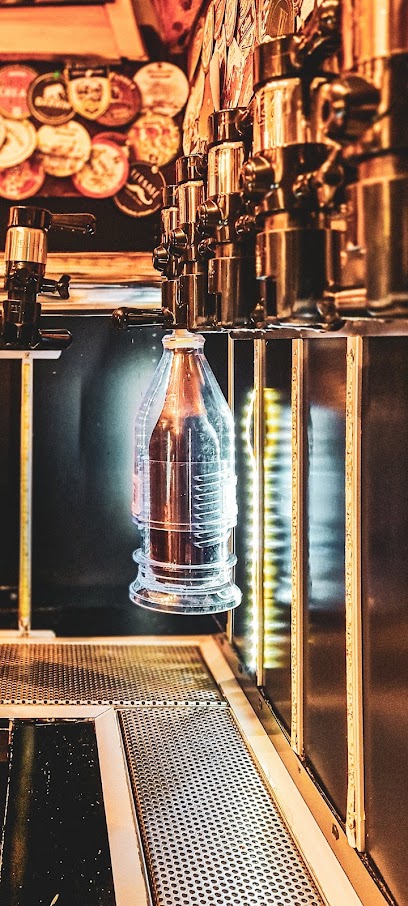
La Casa de la Hamburguesa Bariloche Belgrano
2.2 km
Discover La Casa de la Hamburguesa Bariloche: A Burger Lover's Paradise in Stunning San Carlos de Bariloche.

El Compañero
2.3 km
Experience authentic Argentine cuisine at El Compañero, a family-friendly restaurant in San Carlos de Bariloche offering delicious local flavors.
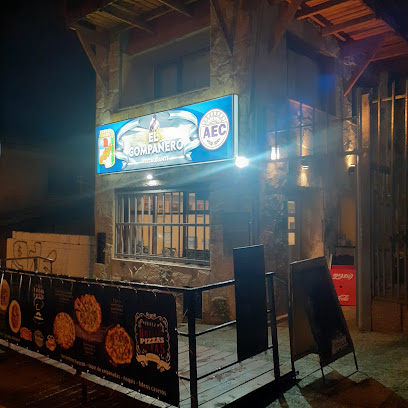
Picnic Bariloche
2.3 km
Savor quick bites at Picnic Bariloche – where fast food meets local flavor amidst the breathtaking scenery of Patagonia.
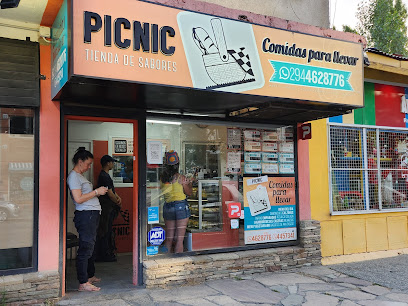
Belakay resto bar
2.3 km
Discover the flavors of Argentina at Belakay Resto Bar in San Carlos de Bariloche – where great food meets warm hospitality.
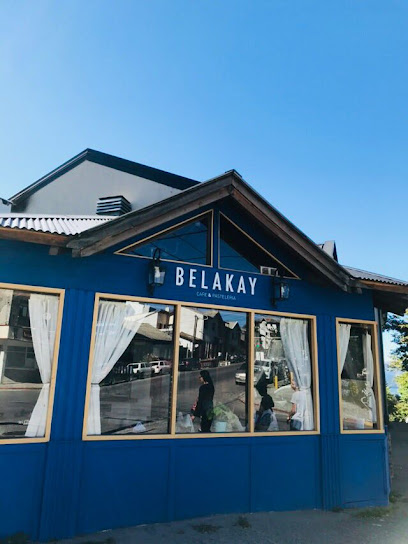
Sushi Area
2.3 km
Discover the essence of Japanese cuisine at Sushi Area in Bariloche—where fresh ingredients meet expert craftsmanship.

Carnero
2.4 km
Experience authentic Argentinian cuisine at Carnero in San Carlos de Bariloche - where every bite tells a story of tradition and flavor.
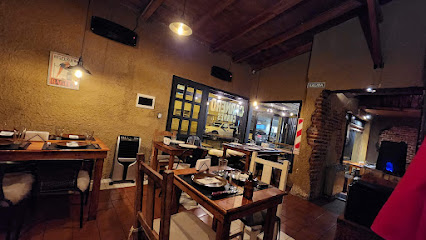
Lo de Gabriel
2.4 km
Experience the essence of Italy in San Carlos de Bariloche at Lo de Gabriel – home of exquisite handmade pastas and a cozy dining atmosphere.

Capital Bariloche Restaurant
2.4 km
Experience authentic Argentine cuisine at Capital Bariloche Restaurant in San Carlos de Bariloche—where tradition meets flavor amidst stunning mountain views.
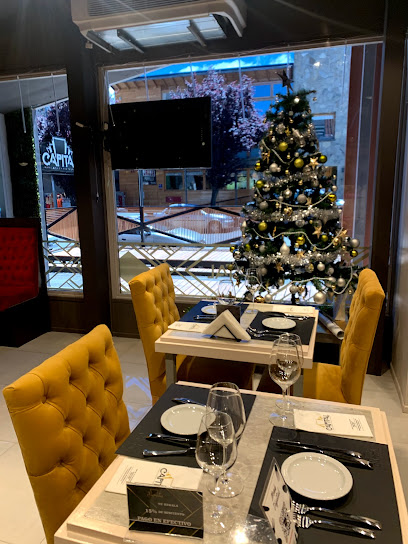
Jauja Restaurante y Parrilla
2.5 km
Experience authentic Argentinian grilled cuisine at Jauja Restaurante y Parrilla in San Carlos de Bariloche.
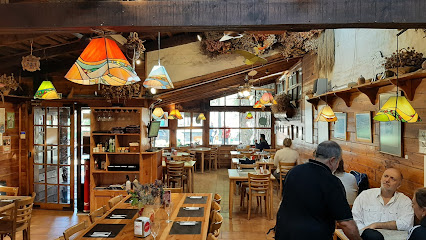
La Casita Restaurante Bariloche
2.5 km
Discover authentic Argentine flavors at La Casita Restaurante Bariloche – where every dish tells a story amidst breathtaking landscapes.
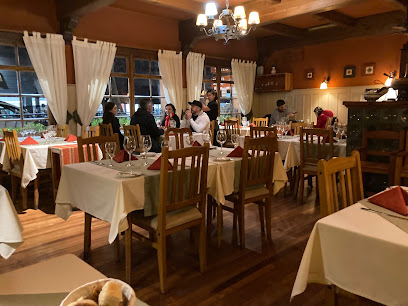
Rock Chicken
2.5 km
Discover the authentic taste of Argentine grilled chicken at Rock Chicken in San Carlos de Bariloche – where flavor meets tradition!
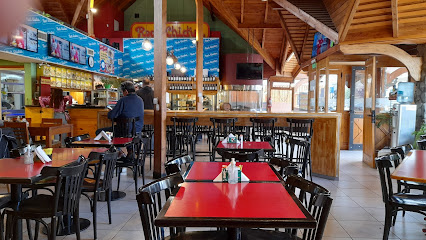
La Esquina
2.6 km
Discover La Esquina: A culinary oasis in Bariloche offering local flavors and unforgettable dining experiences amidst stunning Patagonian scenery.
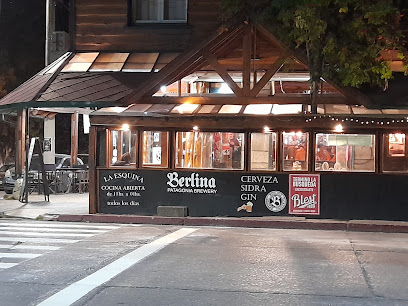
La Alpina Restaurante
2.6 km
Experience authentic Argentine cuisine at La Alpina Restaurante in San Carlos de Bariloche - where every meal is a celebration of local flavors.
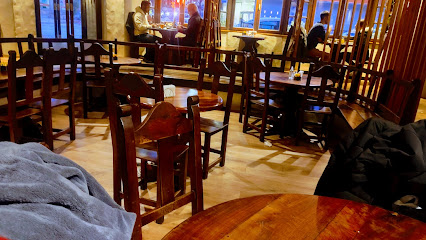
Markets, malls and hidden boutiques
Scrunchies Al Top
0.3 km
Discover the vibrant world of fashion accessories at Scrunchies Al Top in San Carlos de Bariloche, where style meets creativity.

Supermercados Todo
0.4 km
Explore the culinary delights of San Carlos de Bariloche at Supermercados Todo, where local flavors meet international variety.
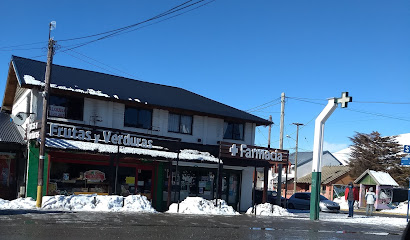
Gatu Patagonia
1.9 km
Discover the unique crafts and artisanal treasures of Patagonia at Gatu Patagonia, a must-visit gift shop in San Carlos de Bariloche.

La boutique
2.3 km
Discover unique western apparel at La Boutique in San Carlos de Bariloche, a charming store celebrating local craftsmanship and style.

La Pata Negra Belgrano
2.4 km
Experience the authentic flavors of Argentina at La Pata Negra, a top cold cut store in San Carlos de Bariloche, offering gourmet meats, cheeses, and local wines.

SZ Motos Alquiler Motos
2.4 km
Discover the beauty of Patagonia with SZ Motos Alquiler Motos, your trusted motorcycle rental agency in San Carlos de Bariloche.
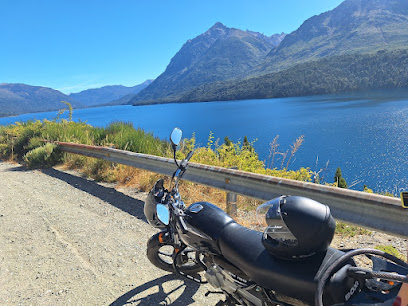
Benroth Chocolates
2.4 km
Discover the heavenly taste of artisanal chocolates at Benroth Chocolates, a must-visit destination for chocolate lovers in San Carlos de Bariloche.
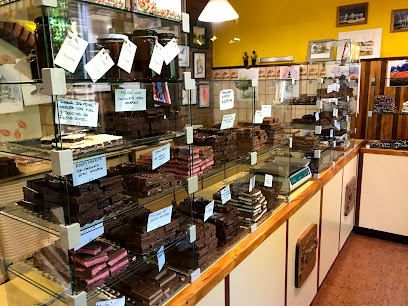
Meiling Tea House
2.4 km
Discover Meiling Tea House: a traditional teahouse in Bariloche, where exquisite teas and pastries await in a cozy, inviting atmosphere.
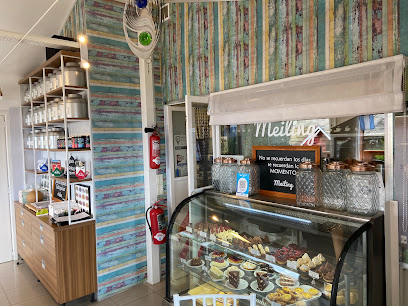
Asociación Civil de Artesanos de Bariloche (La Casa de los Artesanos)
2.5 km
Explore La Casa de los Artesanos in Bariloche for unique handcrafted treasures that embody the cultural spirit of Patagonia.

Sede Tienda
2.5 km
Discover Sede Tienda in Bariloche – where trendy fashion meets skateboarding culture in a vibrant shopping atmosphere.

Shopping Onelli
2.5 km
Discover Shopping Onelli in San Carlos de Bariloche, your go-to destination for top-quality appliances, furniture, and home goods.

Ula Ula. Tienda de Diseño
2.6 km
Explore Ula Ula in Bariloche for exquisite handcrafted gifts and local designs, capturing the unique essence of Patagonia.

Slow Fashion
2.6 km
Explore sustainable fashion at Slow Fashion in San Carlos de Bariloche, where style meets ethical practices and local craftsmanship thrives.

Del Sur Sweaters y Cueros
2.6 km
Discover the charm of local craftsmanship at Del Sur Sweaters y Cueros, the premier clothing store in San Carlos de Bariloche for sweaters and leather goods.
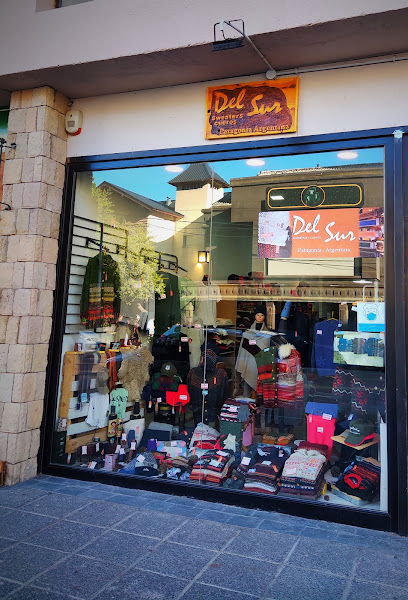
Free Shop MDV
2.6 km
Explore Free Shop MDV in San Carlos de Bariloche: The ultimate destination for artisan chocolates, hunting gear, and local craftsmanship.

Essential bars & hidden hideouts
Modo Bar & Restó
2.2 km
Discover the lively Modo Bar & Restó in Bariloche, where delicious gastropub dishes meet unforgettable live music in a vibrant atmosphere.
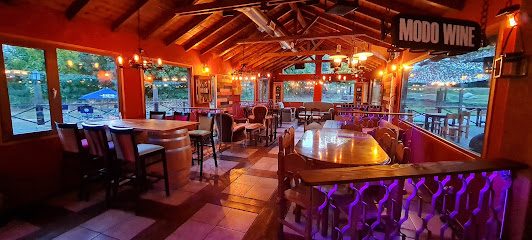
Modo Bar
2.2 km
Discover Modo Bar: A unique gastropub in Bariloche blending exquisite food and live music for an unforgettable night out in Patagonia.
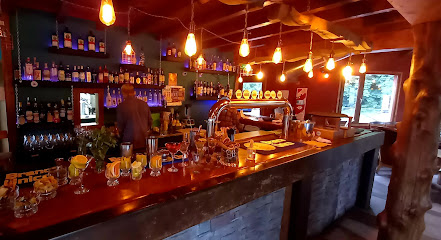
Kosten Beer Bar
2.4 km
Discover the vibrant craft beer scene at Kosten Beer Bar, where local brews and delicious bites come together in San Carlos de Bariloche.
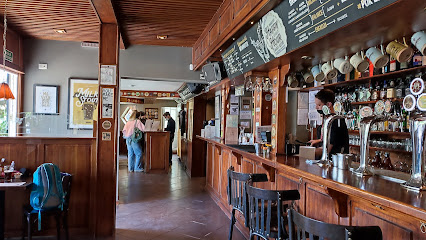
La Juana Bar Bariloche
2.4 km
Discover the vibrant nightlife of Bariloche at La Juana Bar, where cocktails, live music, and a lively atmosphere await you.
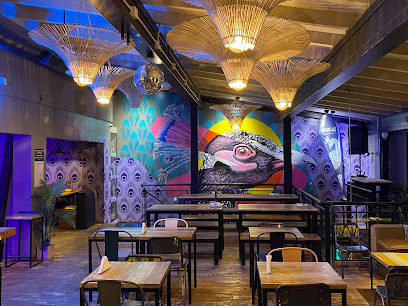
Antares Bariloche
2.4 km
Experience the best of craft brewing and local cuisine in the heart of San Carlos de Bariloche at Antares Brewpub.
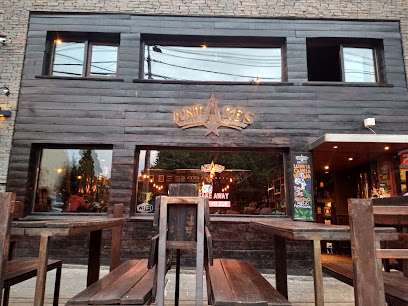
Belek
2.4 km
Experience the best of local craft beer and delicious fast food at Belek Brewpub in Bariloche, a vibrant hub for food lovers.
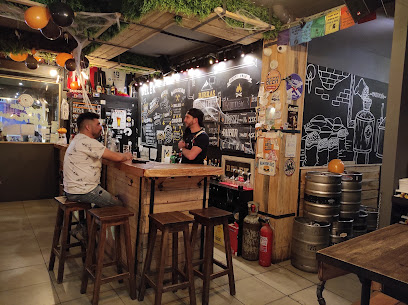
Brothers BRC
2.4 km
Experience the vibrant nightlife of Bariloche at Brothers BRC, where craft drinks and live music create the perfect atmosphere for fun and relaxation.

Wesley Brewery
2.5 km
Experience the vibrant atmosphere and artisanal brews at Wesley Brewery in San Carlos de Bariloche, where local flavors meet craft beer excellence.
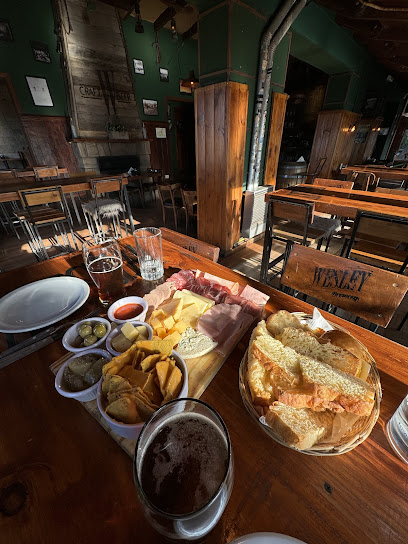
Haus cervecería resto
2.5 km
Discover Haus Cervecería Resto, where craft beer meets local cuisine in a scenic Bariloche setting, perfect for tourists and locals alike.
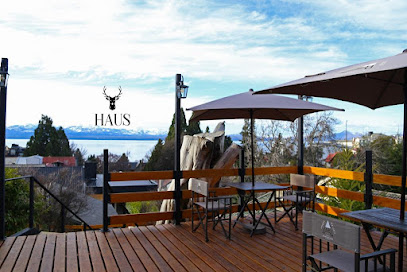
SEDE
2.5 km
Experience the vibrant nightlife and eclectic shopping at SEDE in San Carlos de Bariloche – a unique bar and cultural hub.
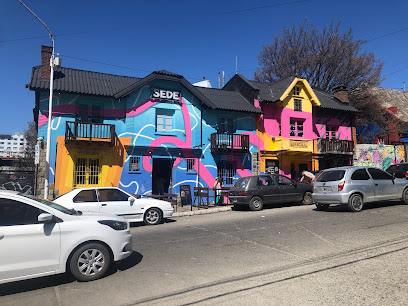
South Bar
2.5 km
Experience the vibrant nightlife at South Bar in San Carlos de Bariloche, where local flavors meet a lively atmosphere.
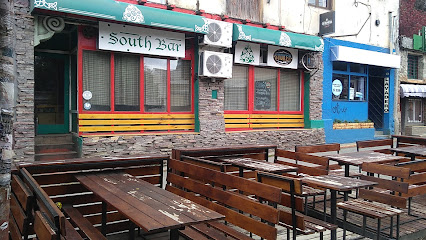
Osiris Pub - Cervecería
2.5 km
Experience the vibrant nightlife of San Carlos de Bariloche at Osiris Pub, where local craft beers meet a lively atmosphere.
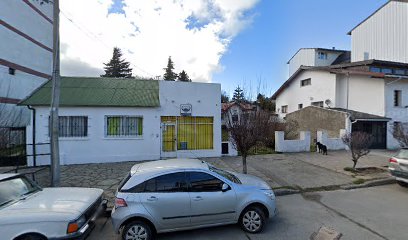
Stradibar
2.5 km
Discover the vibrant atmosphere of Stradibar in Bariloche, where craft beers and delicious gastropub cuisine come together in a cozy setting.

KUTRAL
2.5 km
Experience the vibrant nightlife at KUTRAL, a lively bar in San Carlos de Bariloche offering great drinks and local culture.
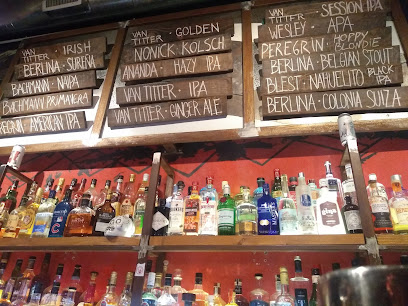
juramento bar
2.5 km
Discover the vibrant atmosphere of Juramento Bar, a top-notch beer hall in the heart of San Carlos de Bariloche, where local brews come alive.
